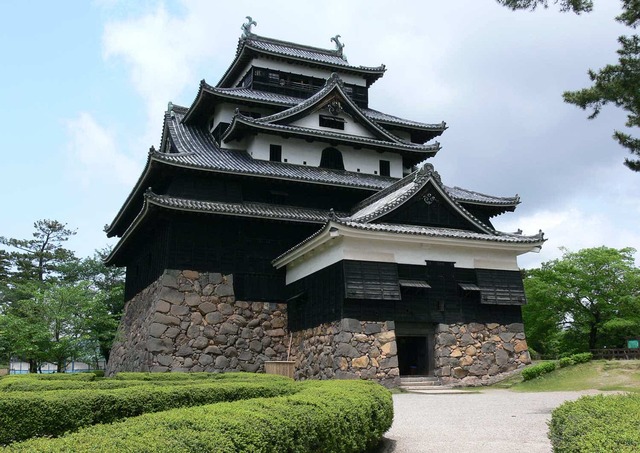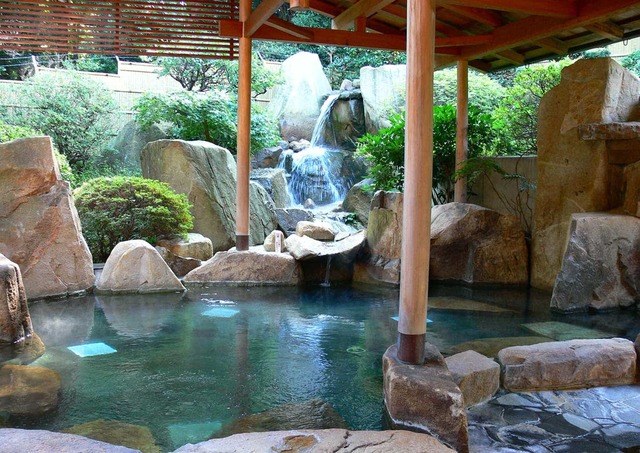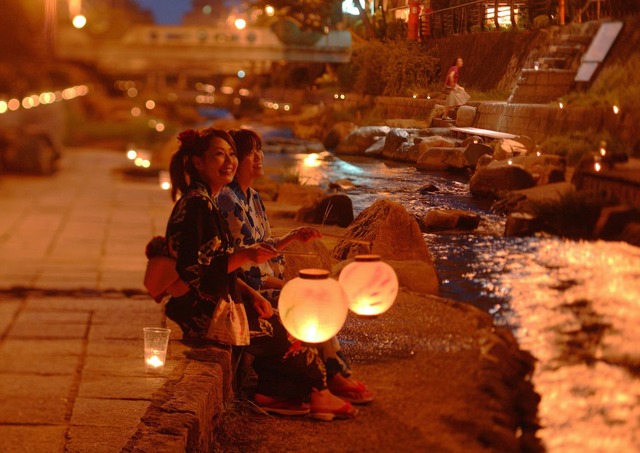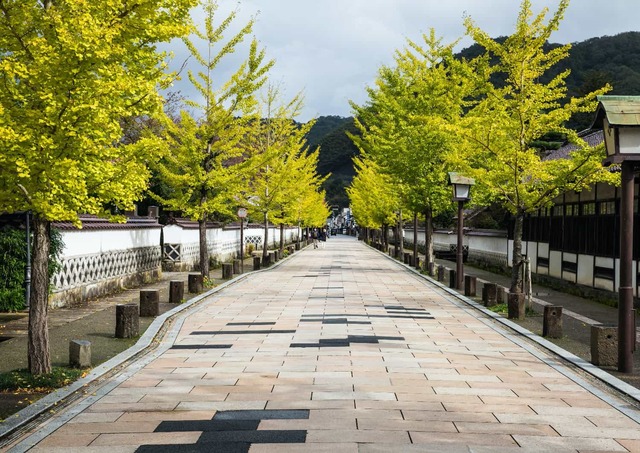Matsue
Beautiful old castle and flawless modern garden.





Discover all our tours featuring this destination and start planning your adventure today. View tours
About Matsue
Also called the "the city of water" because of its smug location nestled between the calm Japanese Sea to one side and two beautiful lakes to the other. The city is located in the southern part of the main island of Honshu and is easily accessible by train.
The striking Matsue Castle and Japan's finest modern garden
The city has one of the oldest castles in Japan. It is famous for its striking black colour, and most of the present castle dates back to 1642. From the top of the five-storey high castle, there is a magnificent view of the city, Lake Shinji and Mount Daisen. Close to the castle is Buke Yashiki, a well-preserved samurai home, where you can see items from the samurai’s daily life. A short walk away is Meimei-an Tea House, a tea house built by the local samurai chief back in 1779, and where you can still get a cup of green tea. Remember to visit Japan's most famous modern garden which is part of the Adachi Museum of Art. The idea behind the museum is that the experience of fine arts and fine gardening is heightened when enjoyed in combination. The garden has been named the garden of the year in Japan almost every year since 2003. The museum takes about 1 hour to reach by train and shuttle bus from Matsue Station. Don't forget to take a boat trip along the city's canals and lakes and watch the sunset over Lake Shinji, which is said to be one of the most beautiful in all of Japan.
Other attractions in Matsue
It is worth visiting Izumo Taisha Shrine, Japan's oldest shrine. The shrine is very important in the Japanese Shinto faith and it is said that all 8 million gods of the religion meet here every October. In ancient Japan, October was known as "the month without gods" – except for this area, where locals called it "the month with gods"! You can get there directly by JR train from Matsue Station, but a good tip is to use the Ichibata Line from Matsue Shinjiko Station instead. Here you will be rewarded with a wonderful train ride along the lake right down to the water. Note that it requires a train change in Kawato and that the route is not covered by the Japan Rail Pass.

